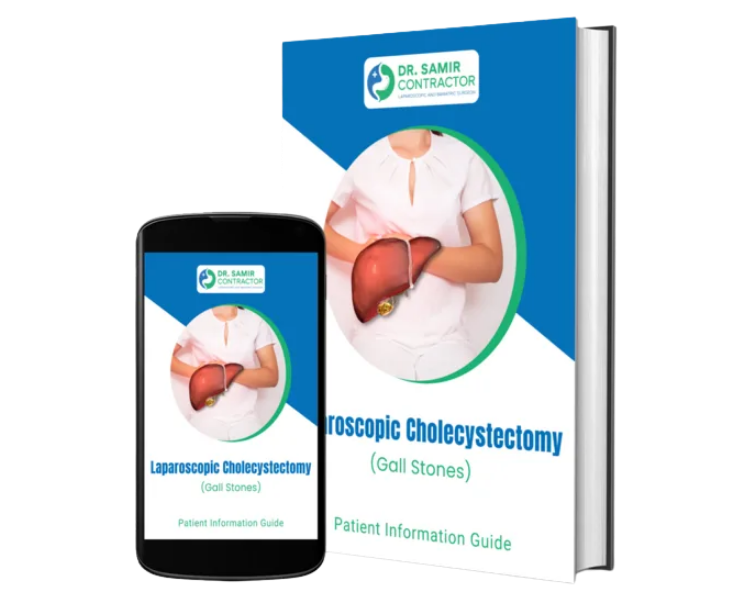 Book Appointment
Book Appointment
Safe, Effective & Minimally Invasive Gallbladder Treatment with Expert Surgical Care
The gallbladder, a small pear-shaped organ beneath the liver, plays an important role in digestion by storing and releasing bile. However, in many people, gallstones or other gallbladder diseases can cause severe pain, nausea, and even life-threatening complications if left untreated.
In the past, gallbladder surgery meant a large abdominal incision, significant pain, and weeks of recovery. Today, with the advent of laparoscopic (keyhole) surgery, patients benefit from a safer, quicker, and less painful experience.
At our surgical practice, we specialize in advanced laparoscopic gall bladder surgery. With over 25 years of surgical expertise, more than 8,000 successful laparoscopic surgeries, and the latest technology, we provide world-class treatment with a patient-first philosophy that ensures you receive compassionate care tailored to your needs.
The gallbladder is a small sac that stores bile – a digestive fluid produced by the liver. When you eat fatty foods, the gallbladder releases bile into the small intestine to help digest fats.
If you are experiencing these symptoms, you should seek medical advice promptly.
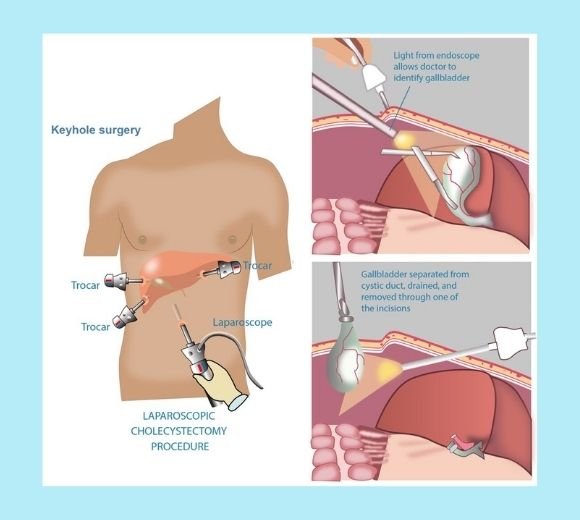
Laparoscopic gall bladder surgery (also called laparoscopic cholecystectomy) is a minimally invasive procedure to remove the gallbladder. Instead of a large incision, the surgeon makes 3–4 small incisions (each less than 1 cm) in the abdomen. Through these, a laparoscope (camera) and fine instruments are inserted to perform the surgery safely.
This technique provides a magnified, high-definition view of the gallbladder and surrounding organs, allowing the surgeon to operate with precision.
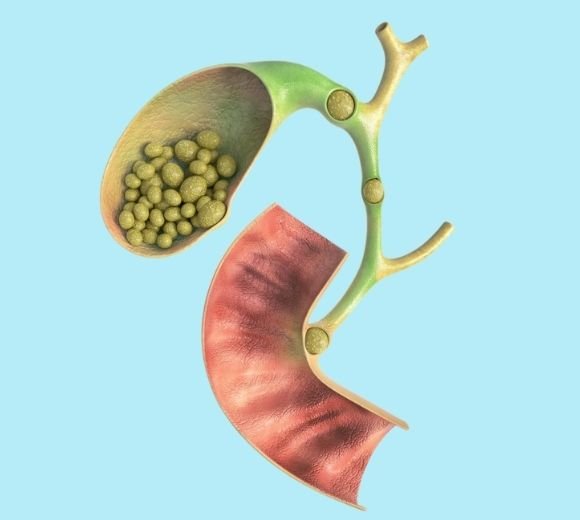
You may be advised laparoscopic gall bladder surgery if you have:
Not every patient is suitable. For example, those with severe heart or lung disease, advanced liver disease, or very complicated gallbladder infections may require a different approach. A detailed consultation and investigations will determine the best option for you.
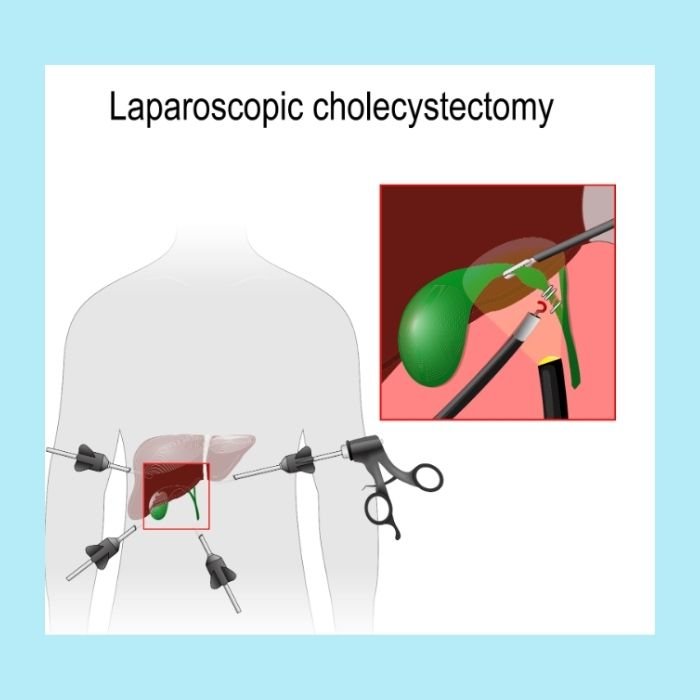
Traditional open surgery requires a long cut across the abdomen (10–15 cm), resulting in more pain, longer hospital stays, and visible scars.
Laparoscopic surgery, on the other hand, offers:
For most patients, laparoscopic surgery has become the gold standard treatment worldwide.
We believe in preparing our patients mentally and emotionally before surgery. Here’s what typically happens:
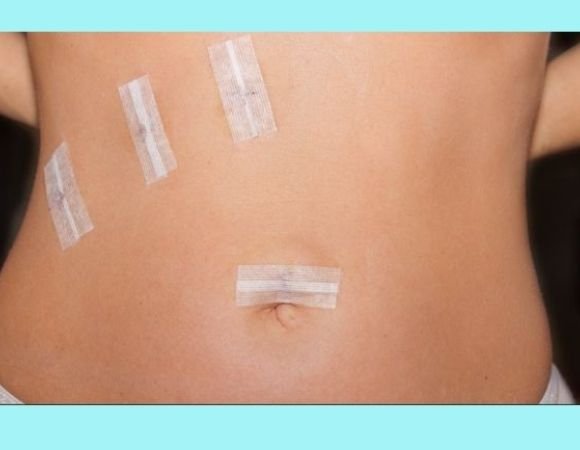
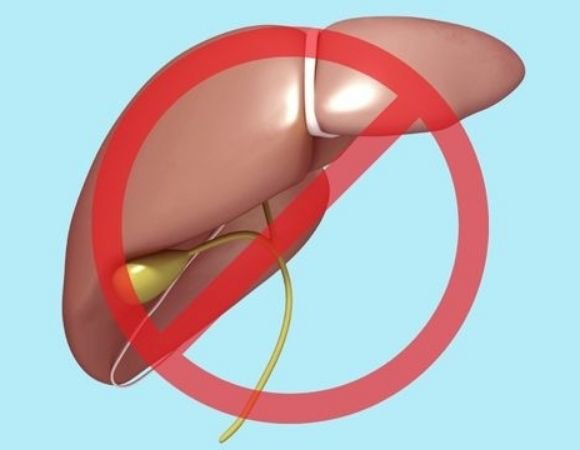
Many patients worry about life after gallbladder removal.
The good news is: you can live a completely normal life without a gallbladder.
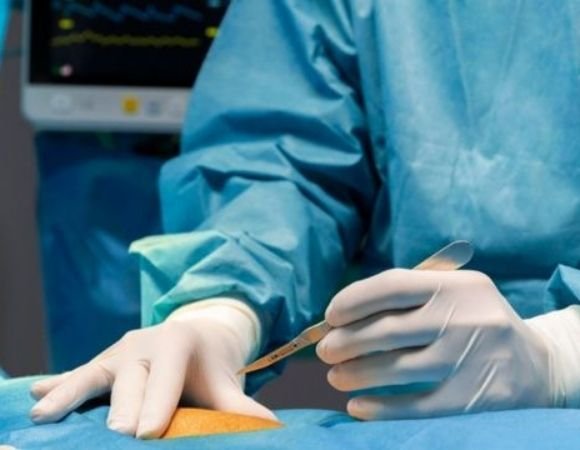
Though laparoscopic gall bladder surgery is extremely safe, like any surgery, risks exist:
Our experienced surgical team and advanced facilities ensure that these risks are minimized.
Our mission is to provide world-class surgery with the warmth, safety, and trust you deserve.
